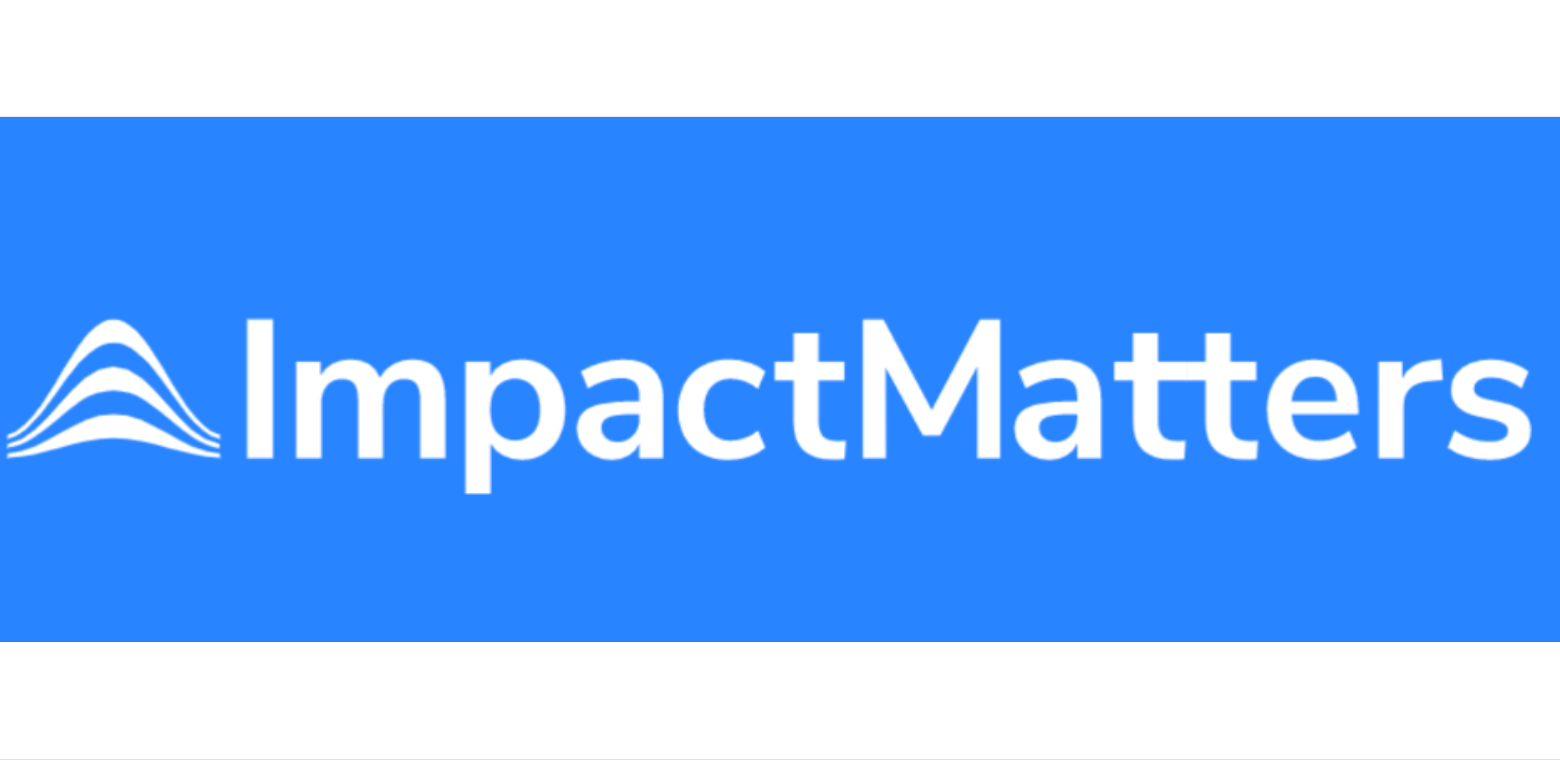Another nonprofit ratings organization has unveiled its new tools in time for this year’s #GivingTuesday on Dec. 3.
Applying its methodology to data collected through public sources with outcomes and costs analyzed, ImpactMatters has estimated the “impact” of some 1,000 charities so far. The nonprofit offers an “Impact Calculator that allows donors to see how their donation amount will impact the beneficiary and giving guides that showcase the most effective nonprofits by geographic region and cause.”
There’s a lack of information available about the impact of nonprofits, according to Executive Director Elijah Goldberg, who founded ImpactMatters in 2015 with Dean Karlan, a professor of economics and finance at Yale University, where Goldberg was a student. The New York City-based nonprofit is funded by the Bill and Melinda Gates Foundation, Mulago Foundation, StickK, Goldsmith Foundation and private donors.
ImpactMatters’ algorithms estimate a nonprofit’s cost-effectiveness. It has developed a free app for nonprofits, Guided Impact Reporting (GIR), that uses information on the organization’s activities to calculate an estimate of impact. Its impact audits certified whether claims made by nonprofits about cost-effectiveness “are supported by an independent assessment of the evidence.”
The objective over the next stretch is to build out the number of groups rated and the audience of donors, Goldberg said. “It’s not to imply that nonprofits aren’t having an impact; we’re just not sure what it is,” he said.
Scholarship organizations lend themselves to being easier to estimate impact, according to Goldberg. For example, the ImpactMatters website provides a baseline to show impact, such as, a donation of $25 “can increase earnings of a low-income adult” by $41, for such an organization, with variable monetary totals that are connected, so a $50 donation can show an impact of $82 on future earnings of a low-income adult.
Most nonprofits are communicating in terms of stories and anecdotes, Goldberg said. “That’s a totally valid way to communicate with donors. What they’re doing less of is communicating about cost effectiveness,” he said. “We really want to create a system that rewards groups that are doing well; we think most are doing well. Missing is the focus on getting down to the nub of what that organization is changing,” Goldberg said.
If Twitter is any indication so far, the nonprofit sector is unimpressed with the concept. A thread about ImpactMatters, after being profiled in The New York Times, drew a flurry of discussion among nonprofits, academics, and others.
Megan Tompkins-Stange, an assistant professor of public policy at the University of Michigan’s Ford School, kicked off the thread: “Rating nonprofits, especially small charities, based on their ‘bang for the buck,’ or cost-effectiveness per dollar spent vs. their ‘competitors,’ is very shortsighted. But it’s more than that. It’s destructive.”
Rating nonprofits, especially small charities, based on their “bang for the buck”, or cost-effectiveness per dollar spent vs. their “competitors,” is very shortsighted.
But it’s more than that. It’s destructive. 1/https://t.co/Ohg9Kv2J5J
— Megan Tompkins-Stange (@tompkinsstange) November 23, 2019
The choice of metric matters a lot, Goldberg said. “We accept taking an outcome, like a meal — you eat a meal, you’ll feel better — all the way up to serious outcomes, like a life saved,” he said.
“We always account for what would have happened in the absence of the program,” Goldberg said. For example, if a jobs program claims that 98 percent of graduates get jobs after they complete the program, he asked how many would have secured jobs had they not gone through the program.
ImpactMatters has partnered with both GuideStar by Candid and Charity Navigator. Goldberg described GuideStar as “the real gatherer of information in the space” and is a scalable solution to getting impact data on nonprofits.
Charity Navigator has begun to move from rating charities based on overhead and administrative costs to including impact in its rating. “They play an important role as a watchdog in the sector,” he said. “We’d like to see them move further into the direction of adopting impact in their ratings, I know they want to as well,” he said, but it’s hard to do, and particularly hard to scale.
Moving forward, Goldberg said the organization will focus on major groups, like the American Red Cross, with the idea that a major group could provide more guidance to smaller groups.
“We’re in uncharted territory on how a system like this would work for the sector. In the months ahead, we will be collecting as much feedback as we can and improving the product as we go,” Goldberg said.
